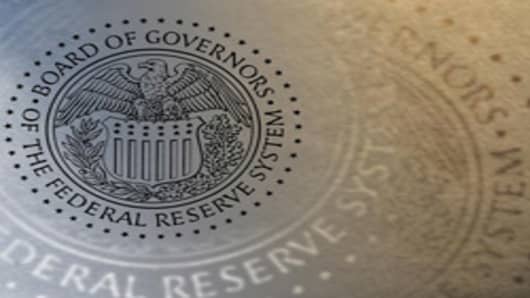There are a lot of ways to describe what the Fed did today: it took the rate-cut punch bowl off the dining room table, but didn't pour out the punch. It took a baby-step towards neutral, not a grown-up step. That means it preserved the ability to cut if it needs to.
There were three changes to the FOMC statement: First, it added the comment that "readings on core inflation have improved." Second, it added the comment that it has eased substantially and, combined with its other unorthodox measures to combat the credit crunch, this "should help promote moderate growth over time." Third, and most importantly, it removed the statement from last month that said "downside risks remain" to the economy.
There is, fundamentally, no reason to cut further if downside risks to the forecasts don't exist, and you believe, as the Fed stated, that your policies to date will restore moderate growth.
This is an interesting position for the Fed. It says the economy is in bad shape right now: labor markets "have softened further," activity "remains weak," and credit markets "remain under considerable stress." Yet the Fed is trying to convince markets it's done enough for now, especially given "the uncertainty about the inflation outlook." And, it's well to remember, the outlook is that all this stuff plus the housing contraction "will weigh on economic growth over the next few quarters." (Read the Fed Statement here).
So the Fed believes the economy will be weak. It also believes it has done enough in the face of that weak outlook. So there are two questions in mind for investors: how much worse do the data have to get to prompt another rate cut? And, even if the data are in line with the weak outlook, will the Fed be able politically and amid market pressure to hold the line and not cut?
The best way to think about it: the Fed signalled its intention to not cut at the next meeting. That intention will go away if the economy weakens much more than the Fed anticipates. The Fed could very quickly take a giant step to putting the punch bowl back on the dining room table.


